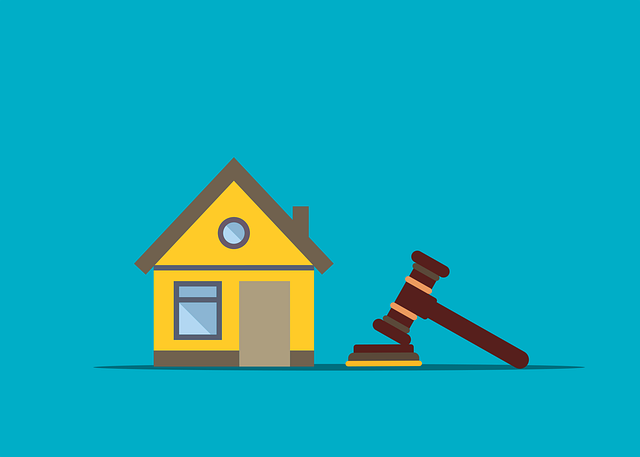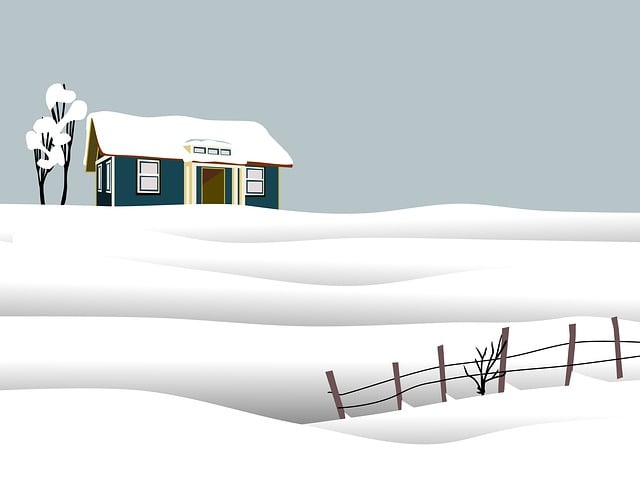House flipping in California offers a lucrative opportunity to profit from selling fire-damaged homes, but it's a complex process. Flippers identify undervalued properties, assess damage, create renovation plans, and manage costs efficiently within strict building codes and environmental regulations. Effective marketing strategies that highlight successful transformations while disclosing risks are crucial for attracting investors. Adhering to legal and financial best practices, navigating regulations, obtaining permits, and securing funding sources is vital for success in the dynamic California real estate market, where fire-damaged homes can yield substantial profit margins upon renovation and resale.
“House flipping specialists are transforming the real estate landscape, especially in California, where the market presents unique opportunities. This comprehensive guide delves into the art of buying, renovating, and selling properties with a focus on navigating the challenges of fire-damaged homes.
From understanding the basics of house flipping to exploring legal and financial aspects, we provide valuable insights for operators. We also uncover strategies to maximize profits when dealing with fire-damaged houses in California, offering a roadmap for successful flips.”
- Understanding House Flipping: The Basics of Buying, Renovating, and Selling
- The Unique Challenges of Flipping Fire-Damaged Properties in California
- Finding the Right Market: Why California is Attractive for Flippers
- Legal and Financial Considerations for Successful House Flipping Operations
- Strategies and Tips for Maximizing Profits on Fire-Damaged Homes in CA
Understanding House Flipping: The Basics of Buying, Renovating, and Selling

House flipping is a popular real estate strategy where investors buy, renovate, and quickly resell properties for a profit. It involves a careful balance between identifying undervalued or distressed homes and efficiently managing renovation costs to maximize returns. In California, where the real estate market can be competitive, flippers often target sell fire-damaged houses due to their potential for significant profits after repairs.
The process begins with locating suitable properties, which may include fire-damaged homes that are undervalued because of their condition. Once a property is acquired, thorough inspections and planning take place. Flippers assess the extent of any damage, create a renovation plan, and set a target resale price. The renovation phase involves everything from minor cosmetic fixes to complete remodels, depending on the property’s needs. Effective project management is key to ensuring that costs stay within budget and the flipping process moves swiftly, allowing for a quick turnaround and sale, often within months.
The Unique Challenges of Flipping Fire-Damaged Properties in California

Flipping fire-damaged properties in California presents unique challenges for even the most seasoned real estate investors. The Golden State’s strict building codes and stringent environmental regulations, while designed to protect residents, can extend renovation timelines and drive up costs significantly. These regulatory hurdles require meticulous planning and adherence to ensure any repairs meet the high standards set by local authorities.
Additionally, selling a fire-damaged house in California necessitates transparency and accurate disclosures. Prospective buyers are often well-informed about potential risks associated with such properties, which can impact negotiation dynamics. Effective marketing strategies that highlight successful renovations while acknowledging areas still in need of attention are crucial to attracting buyers willing to invest in the transformation process.
Finding the Right Market: Why California is Attractive for Flippers

California presents an enticing prospect for house flipping specialists due to its diverse and dynamic real estate market. The state’s constant flux of property values means there’s always an opportunity to find undervalued homes, particularly in areas hit by natural disasters like wildfires. Sell fire-damaged houses in California can be a lucrative venture for flippers, as these properties often come at a discounted price compared to their post-restoration potential.
The appeal lies in the state’s robust housing market and the fact that many regions have experienced significant growth, leaving room for significant profit margins upon renovation and resale. California’s population density and diverse economic sectors also ensure a steady demand for housing, providing flippers with a reliable customer base to sell their restored properties.
Legal and Financial Considerations for Successful House Flipping Operations

When engaging in house flipping, especially with sell fire-damaged house California scenarios, understanding legal and financial aspects is paramount for success. Flippers must navigate a complex web of regulations regarding renovation, zoning, and environmental standards to ensure their operations comply with local laws. Obtaining necessary permits, understanding building codes, and adhering to safety guidelines are crucial steps to avoid legal pitfalls and potential fines.
Financially, house flipping involves careful budgeting, accurate cost projections, and secure funding sources. Flippers should consider the costs of repairs, renovation materials, labor, and unexpected expenses that may arise from fire damage. A solid financial plan, including a reserve fund for contingencies, helps ensure smooth operations and maximizes profit margins when selling fire-damaged houses in California.
Strategies and Tips for Maximizing Profits on Fire-Damaged Homes in CA

When it comes to flipping homes in California, especially those damaged by fires, a strategic approach is key to maximizing profits. The first step is conducting a thorough inspection to assess the extent of the damage. Identify areas that require significant renovation and prioritize repairs based on their impact on the home’s value. In fire-damaged properties, structural integrity and safety are paramount; ensure these aspects are up to code before proceeding.
Marketing and pricing play a crucial role in attracting buyers. Highlight the potential for transformation in your listings, emphasizing the opportunities that come with a fresh start. Consider offering competitive prices, especially if the market is saturated, as this can stimulate interest. Additionally, partner with experienced contractors who can provide efficient, high-quality repairs, ensuring the home meets modern standards and appeals to a broader range of buyers, thus increasing the chances of a swift sale and healthy profit margin.
House flipping, particularly in California’s attractive market, presents unique opportunities and challenges. By understanding the basics of buying, renovating, and selling, along with navigating legal and financial considerations, flippers can maximize profits. When dealing with fire-damaged properties, specific strategies tailored to these situations can yield significant returns. Selling a fire-damaged house in California requires expertise and adaptability, making it a lucrative endeavor for those willing to tackle the challenges head-on.






